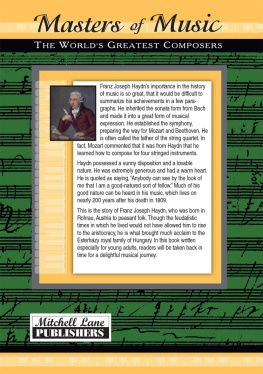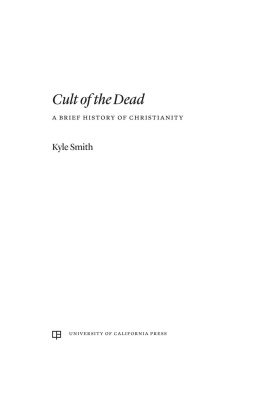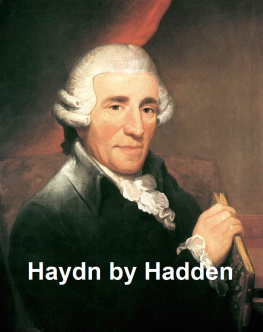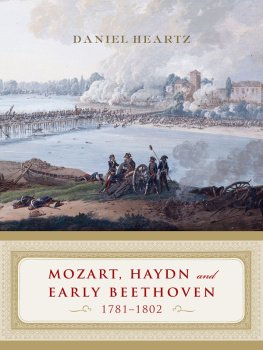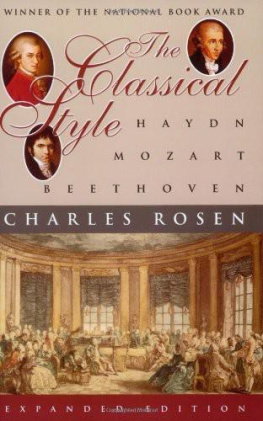Ian Haydn Smith - Cult Writers
Here you can read online Ian Haydn Smith - Cult Writers full text of the book (entire story) in english for free. Download pdf and epub, get meaning, cover and reviews about this ebook. year: 2020, publisher: White Lion Publishing, genre: Non-fiction. Description of the work, (preface) as well as reviews are available. Best literature library LitArk.com created for fans of good reading and offers a wide selection of genres:
Romance novel
Science fiction
Adventure
Detective
Science
History
Home and family
Prose
Art
Politics
Computer
Non-fiction
Religion
Business
Children
Humor
Choose a favorite category and find really read worthwhile books. Enjoy immersion in the world of imagination, feel the emotions of the characters or learn something new for yourself, make an fascinating discovery.

- Book:Cult Writers
- Author:
- Publisher:White Lion Publishing
- Genre:
- Year:2020
- Rating:5 / 5
- Favourites:Add to favourites
- Your mark:
- 100
- 1
- 2
- 3
- 4
- 5
Cult Writers: summary, description and annotation
We offer to read an annotation, description, summary or preface (depends on what the author of the book "Cult Writers" wrote himself). If you haven't found the necessary information about the book — write in the comments, we will try to find it.
Cult Writers — read online for free the complete book (whole text) full work
Below is the text of the book, divided by pages. System saving the place of the last page read, allows you to conveniently read the book "Cult Writers" online for free, without having to search again every time where you left off. Put a bookmark, and you can go to the page where you finished reading at any time.
Font size:
Interval:
Bookmark:
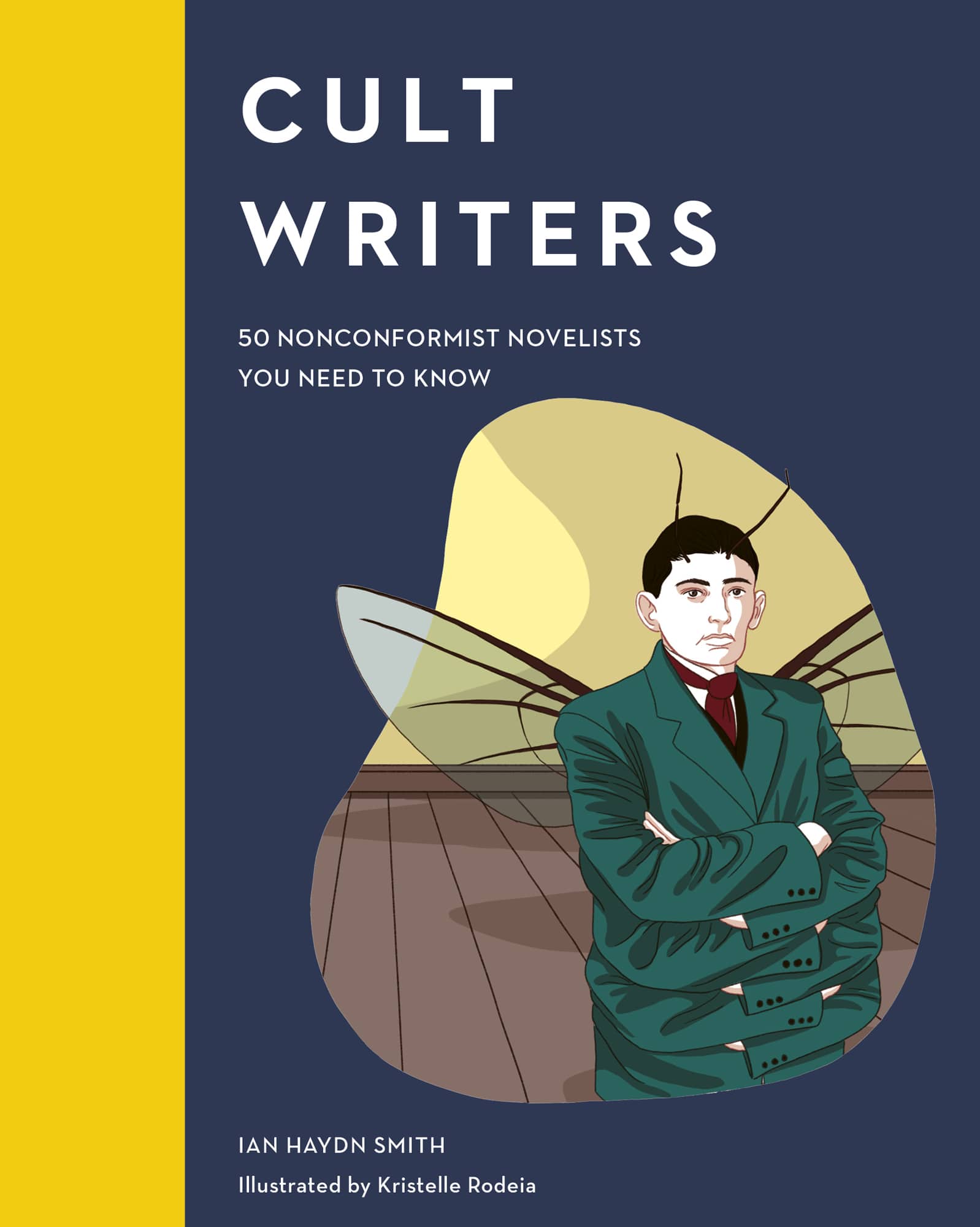

50 Nonconformist Novelists You Need to Know
IAN HAYDN SMITH


The notion of a cult writer is a slippery one, not only in defining the parameters of the term, but also in understanding the transient nature of it. Time can transform a cult novel into a classic, but a classic novel can also attain cult status with the passage of time. As this volume features only fifty entries, how is it possible to represent the vast landscape of books a world in which tens of thousands are published every year and those who write them?
The road that led to this book began with a series of crossroads, decisions made that set the parameters of what it would be. The primary focus would be novelists, although some most notably Joan Didion would be equally acclaimed for their non-fiction work or, as in the case of Jean Genet, Eve Babitz, Charles Bukowski and Chris Kraus, have built a writing career out of transforming their own experiences into a fictional hybrid. The second decision was to limit the selection to authors published in this or the last century. That still leaves a question mark over what exactly constitutes a cult writer.
In the preface to his 1992 publication Classic Cult Fiction: A Companion to Popular Cult Literature, Thomas Reed Whissen writes that Goethes The Sorrows of Young Werther was the first cult book published, as it set out all the elements that have come to characterize cult literature. He continues:
Regardless of plot or setting, characters or time periods, symbols or themes, all cult books have elements of romantic hope and longing as well as romantic disillusion and melancholy. They dream of a different, usually better, world or they warn against the direction they see the world heading. Entertainment, amusement, diversion, distraction these are not their goals. They expect, they invite, they demand response. For this reason, they usually have few neutral readers. One either rejects them as trivial or boring or falls under their spell and becomes a cult follower.
Further to this, an article written for the American Library Association Journals highlights the importance of the reader in the process of identifying a cult work. It is not just the themes of a book that define it as cult it is the response to them. As such, many works have attained this status as a result of the fervour of their readership, which can be a specific group in society, such as adolescents. Themes of alienation, displacement and vulnerability have the power to hold sway over readers who identify with a character that doesnt fit easily into the world around them.
Another element of the work by the writers who appear in this book is their relationship to genre. Its not that these writers dont work within a given genre, but that they appear more comfortable transgressing the boundaries of any category, or melding various genres to create a hybrid that better reflects their interests. (Even the more literary writers in this selection are celebrated for their experimentation with form.) Kathy Acker, J.G. Ballard, Octavia E. Butler, Philip K. Dick, Ursula K. Le Guin, Doris Lessing, the Strugatsky brothers and Kurt Vonnegut are all renowned and acclaimed writers in the field of speculative or science fiction. Italo Calvino and Angela Carter have embraced classical fables. Cormac McCarthy has taken on the myth of the American West. Jean Genet and Jim Thompson tackle the criminal world, while J.R.R. Tolkien conjures up a fantasy universe. Charles Bukowski, William Burroughs, Denis Johnson, Ken Kesey and Irvine Welsh journey into the lives of alcoholics and drug addicts. And the exploration of erotic desire has formed the basis of works by Kathy Acker, Marguerite Duras, Jean Genet, Anas Nin, Pauline Rage and Jean Rhys. For each, genre is more a point of embarkation than an area of residence.

These writers have achieved cult status because of their unwillingness to conform to the strictures of any given genre. Sylvia Plaths The Bell Jar (1963) might present a compelling portrait of teen life, but equally important is the books approach to issues surrounding mental illness, and the role and expectations placed on women at the time it was written. The best work by Jim Thompson didnt so much transcend crime fiction as push it to its farthest reaches. The Killer Inside Me (1952) remains an extraordinary journey into the mind of a psychopath and a chilling examination of the nature of violence. This is also a theme that appears in the work of Kathy Acker, Albert Camus, Jean Genet and Cormac McCarthy. Their approach might differ, but for each the character of the outsider plays a pivotal role.
However, for all its focus on their work, this book is ultimately about the creators. Which raises another question: is a cult writer defined by the work they produce or the life they have lived? As you will glean from the portraits included here, the answer is: both. More specifically, it depends on the life lived in the external or internal world of a writer. Outside of a youth existing in a Japanese internment camp, as detailed in Empire of the Sun (1984) and his memoir Miracles of Life (2008), and his time as a pilot recounted in The Kindness of Women (1991), J.G. Ballard spent the majority of his life residing in the suburbs of London. There was little in his everyday existence beyond the pale of essential domestic activity. But the landscape of this world proved a powerful catalyst in the creation of his most disturbing fiction. By contrast, Charles Bukowskis alcoholism, work life and relationships pretty much wrote themselves onto the pages of Post Office (1971), Factotum (1975) and Tales of Ordinary Madness (1983). And Janet Frames An Angel at My Table (1984) might have represented her autobiographical work, but if her fiction veered further afield it still drew on her own troubled experiences.
Cult fiction is not the preserve of male, white or English-language writers. This book is an attempt to encompass a wide spectrum of novelists. Female writers account for twenty-three of the figures chosen. The US accounts for the same number of entries. Eleven are from mainland Europe (Marguerite Duras was born in French-occupied Vietnam and Michel Houellebecq on the Indian Ocean island of Runion, but both are recognized as French writers), while five are British. There are two entries apiece from Japan, Russia and what is now the Czech Republic, and one entry each for Algeria, Guadeloupe, New Zealand, Mexico and Argentina. (Although he was born and died in Europe, Julio Cortzar is regarded as an Argentine writer.)
There will always be omissions with a book like this. In particular, some might feel certain categories are under-represented. Yet these profiles not only introduce a key figure, they can stand as representative of a certain type or movement of fiction. William Burroughs, for instance, is one of the quintessential Beat writers. As such, he also represents Jack Kerouac. Even if their style of writing is markedly different, they hail from the same creative group. Zora Neale Hurston could have been joined by fellow Harlem Renaissance icon Langston Hughes. Thomas Pynchon stands in for other experimental writers such as William Gaddis, Roberto Bolao and David Foster Wallace, just as Virginia Woolf represents the Bloomsbury Group and the Modernist writers who emerged in the early decades of the 20th century. J.R.R. Tolkien might be the most mainstream writer here, but his cult status has grown over the years, reaching global proportions now. But a larger selection could have also included a wide range of writers, from Mervyn Peake to Nnedi Okorafor. Likewise, both speculative and crime fiction present a taste of a vast landscape of writers that run the gamut from Aldous Huxley and Anne McCaffrey to William Gibson and Chen Qiufan, and Georges Simenon and Patricia Highsmith to Walter Mosley and James Sallis.
Font size:
Interval:
Bookmark:
Similar books «Cult Writers»
Look at similar books to Cult Writers. We have selected literature similar in name and meaning in the hope of providing readers with more options to find new, interesting, not yet read works.
Discussion, reviews of the book Cult Writers and just readers' own opinions. Leave your comments, write what you think about the work, its meaning or the main characters. Specify what exactly you liked and what you didn't like, and why you think so.

